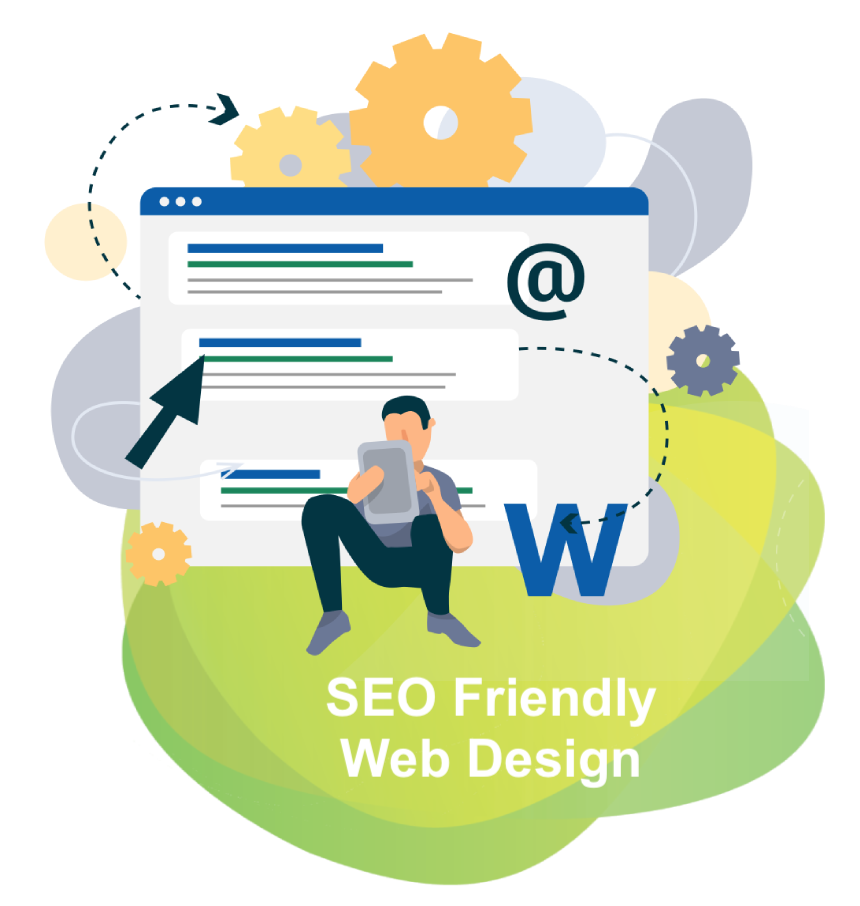Dasiwang: Your Gateway to Trending Insights
Stay updated with the latest news, trends, and insights across various topics.
Designing for Google and Humans: A Balancing Act
Discover how to master the art of web design that captivates both Google and your audience—unlock the secrets to online success!
Balancing SEO and User Experience: Best Practices for Web Design
In the ever-evolving digital landscape, balancing SEO and user experience has become a vital aspect of effective web design. To achieve this harmony, it's essential to understand that both SEO and user experience are equally important for driving traffic and retaining users. Consider implementing a responsive design that adapts seamlessly to different devices, ensuring optimal viewing experiences. In addition, prioritize fast-loading pages by optimizing images and leveraging browser caching. This not only positively impacts your site's SEO rankings but also enhances the user journey, keeping visitors engaged.
Another crucial best practice is to focus on creating high-quality content that meets user intent, as this will help improve your website's credibility and authority in your niche. Use tools like SEMrush or Ahrefs to identify keywords that resonate with your audience and integrate them naturally into your content. Furthermore, implementing intuitive navigation structures not only aids in better SEO performance but also serves to enhance user experience. By organizing your content logically and using clear headings, you create an easy-to-navigate site, fostering a positive relationship with your visitors and improving conversion rates.

How to Optimize Your Website for Both Google and Human Visitors
To effectively optimize your website for both Google and human visitors, it's essential to focus on on-page SEO techniques that enhance user experience while also adhering to search engine algorithms. Begin with a well-structured website layout, including clear navigation and a responsive design that works seamlessly on all devices. Ensure your content is informative and engaging; using headings (H1, H2, H3) appropriately can help both readers and search engines understand the hierarchy of your information.
In addition, utilizing relevant keywords throughout your content is crucial. Employ tools like Keyword Tool to research and identify terms that your audience is searching for. Integrate these keywords naturally, avoiding keyword stuffing, and aim for a conversational tone that keeps readers engaged. Lastly, don't forget the importance of internal and external links; they not only boost your website's credibility but also help guide your visitors to related content.
The Art of Creating User-Friendly and Search Engine-Friendly Designs
The process of creating user-friendly and search engine-friendly designs begins with understanding the needs of your audience. A well-structured layout is essential; it should guide users naturally through your content. Utilize semantic HTML for your headings and subheadings, which not only improves readability but also enhances SEO by helping search engines understand the hierarchy of your information. Remember to incorporate relevant keywords throughout your text, but do so naturally. Overloading your content with keywords can lead to a penalty from search engines. For more on this, check out Moz's Beginner's Guide to SEO.
Additionally, mobile responsiveness is crucial in today's digital landscape, as an increasing number of users access websites via mobile devices. A responsive design not only improves user experience but also boosts your rankings in search results. Ensure that your design loads quickly and that images are optimized for the web to enhance both speed and user experience. Tools like Google PageSpeed Insights can help you analyze and improve your site's performance. Ultimately, achieving a harmonious balance between user-friendly and search engine-friendly designs can be the key to a successful online presence.